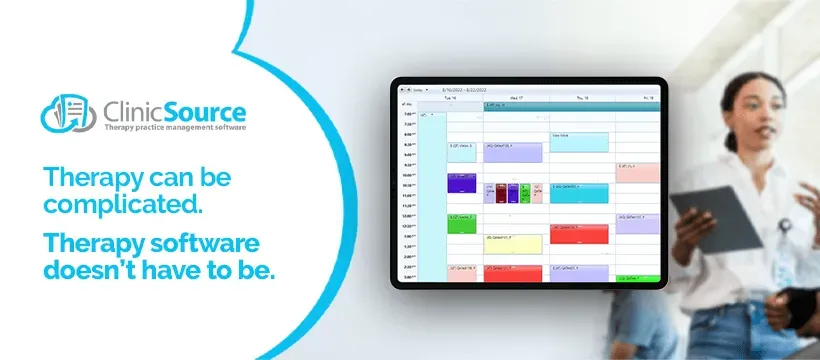
Person first language vs identity first language practice
Language is one of the most essential skills in healthcare. It enables patients to communicate their concerns and condition and health practitioners to identify their needs quickly.
Get Carepatron Free







